The 10 Best Tips for Product Development for Startups
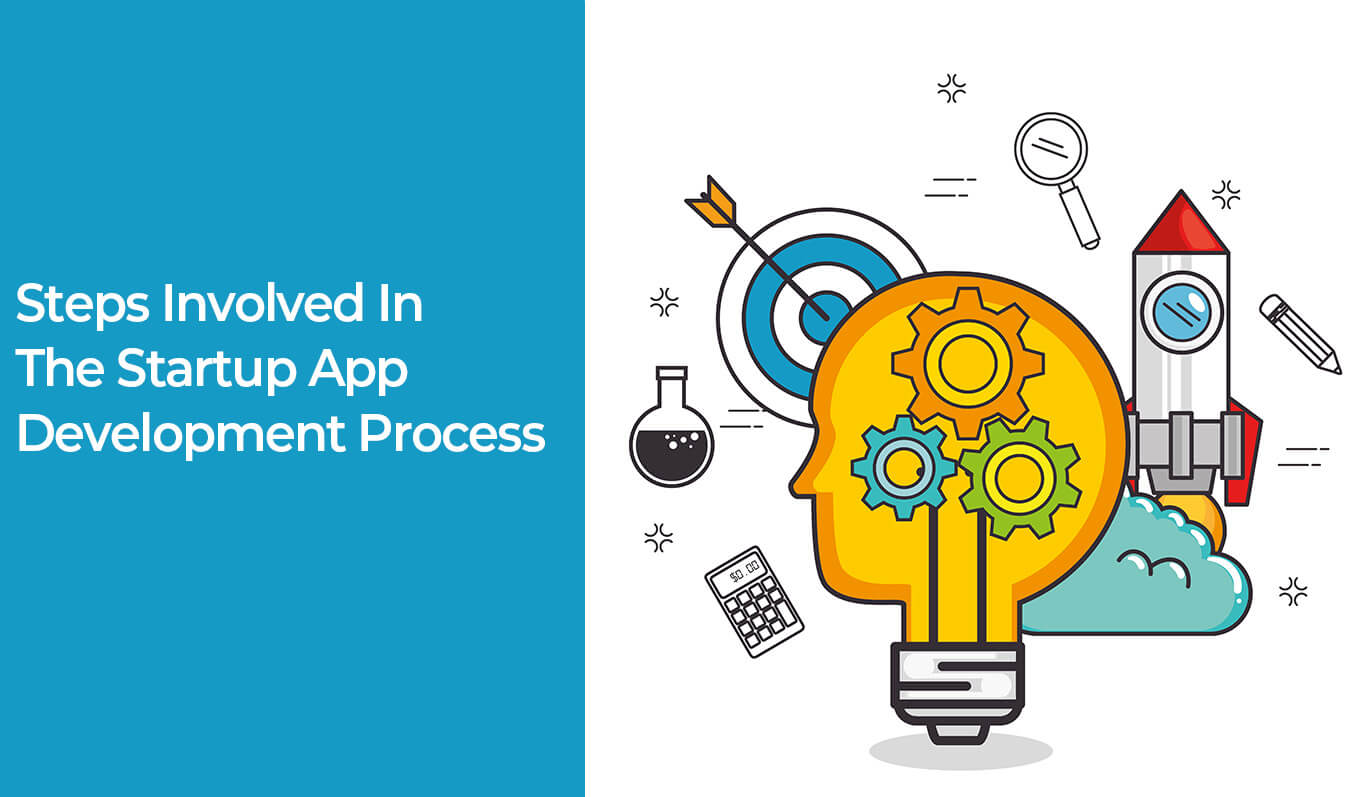
Software plays a crucial role in our society in the age of technology. From product ideation to product launch, startups face several challenges.
As a startup, you may wonder how you can build a software product that is sure to succeed. The first step in product development is to establish an effective process. In addition to a detailed guide for software product development, a few tips for successful implementation can help startups develop innovative and successful products.
Why Do Many Startups Fail?
Every entrepreneur believes the idea he has for a startup is brilliant, and that it will become a big hit in the future. A startup cannot succeed solely based on its idea. It has been reported that 90% of startups fail during the first few years of operation. There is only one startup that succeeds out of ten.
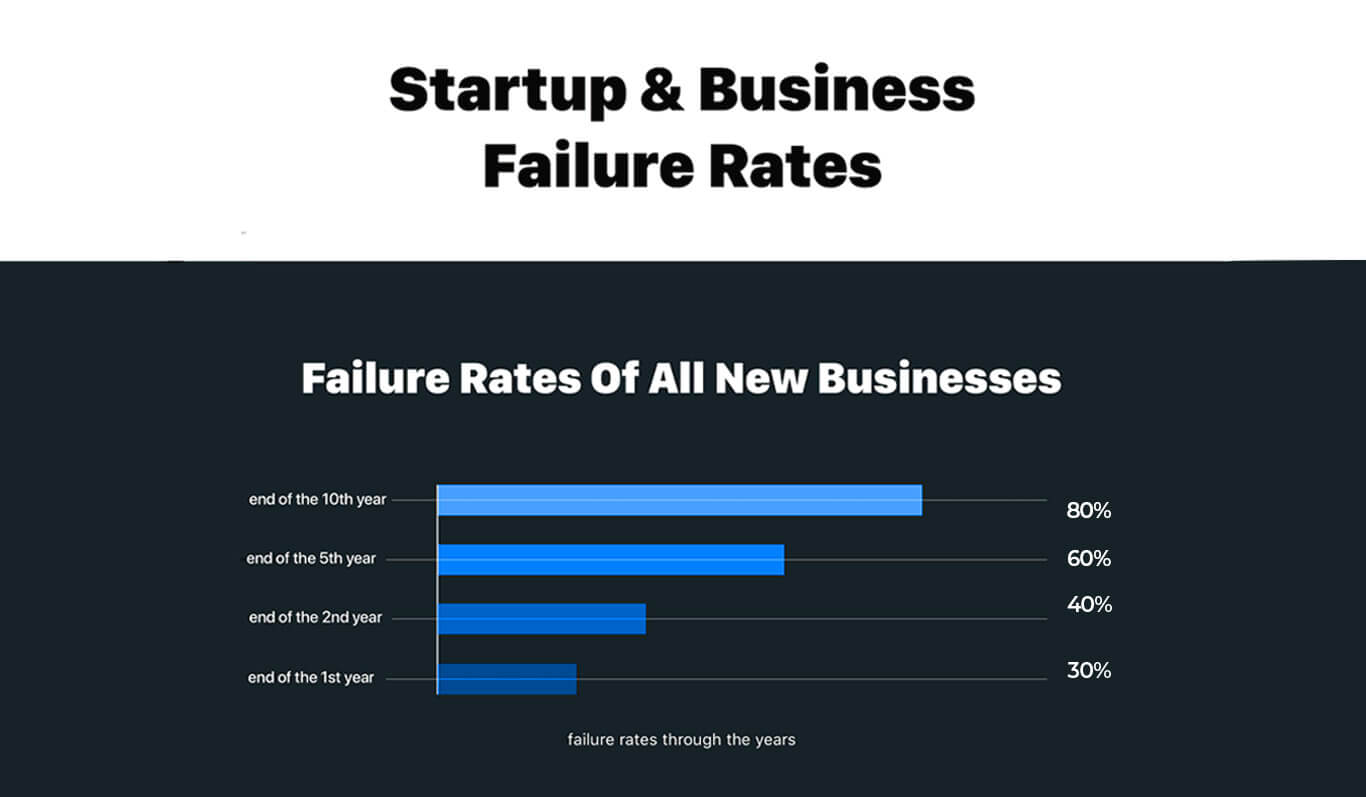
Below are a few of the reasons why startups fail:
Demand For the Product
A startup's failure is often caused by a lack of market demand. A product development team usually considers this aspect at the beginning of the process. A product that has not been properly researched could end up being a failure. Make sure you know why you are developing a product, what problems it can solve, and who your target audience is before you start developing it.
Inefficient Business Model
In most cases, startups have innovative ideas but don't know how to turn them into profits. A common misconception among entrepreneurs is that acquiring customers for their products is easy. They believe an attractive website, product, or service will naturally attract customers. The truth is that it may not always pan out the way you think it will. A customer's CAC becomes much greater than their lifetime value when this occurs.
Team Management
It is impossible for a startup to be successful if its team is inconsistent and has problems. Nearly 18% of startups blame team incompetence for failure. It is difficult to succeed if you do not hire efficient and competent people. Inexperienced or under-skilled resources can contribute to bad team management. During the early stages of their business, startups are unable to afford specialists. Therefore, they opt for reasonable and easy-access solutions that lack strategic thinking.
Financial Constraints
Business owners need to have a clear monetization strategy in place otherwise they'll be forced out of business quickly. Following a startup's launch, there is usually only modest or no follow-up financing because raising capital is difficult and time-consuming.
What Are the Steps Involved in The Startup App Development Process?
Launching a brand-new service often causes entrepreneurs to wonder how to turn their dream idea into a hugely successful product. Creating a completely original product is no easy task. It is imperative to have a clear understanding of how start-ups operate in addition to doing ample research to come up with an innovative idea. From a product's conception to its introduction, these ten steps are necessary.
Perform thorough market research
Software product development is based on research and a well-thought-out plan. Therefore, market research is the first step in making a product successful. Researching the product is also a necessity. The results of the market research will allow you to determine:
- Changing trends
- What does the target customer want?
- Need for a solution
- Potential risks your business faces
- Who are the competitors?
Imagine the concept of your idea
It is now time for the second step: generating ideas. Your winning product idea should be derived from market research and customer needs. A brainstorming session is a great way for startup owners to create an overview of their product vision.
Validate your concept
You must validate your concept after you have discovered your idea. During concept development and prototyping, you will be able to identify all the problems your product can solve and fix them on time. In order to receive meaningful feedback, you can demonstrate the finished product to your potential customers and conduct interviews. Concept validation can be done through the following steps:
- Analyzing the ratio of gain to pain
- What features to include?
- Charting the value proposition
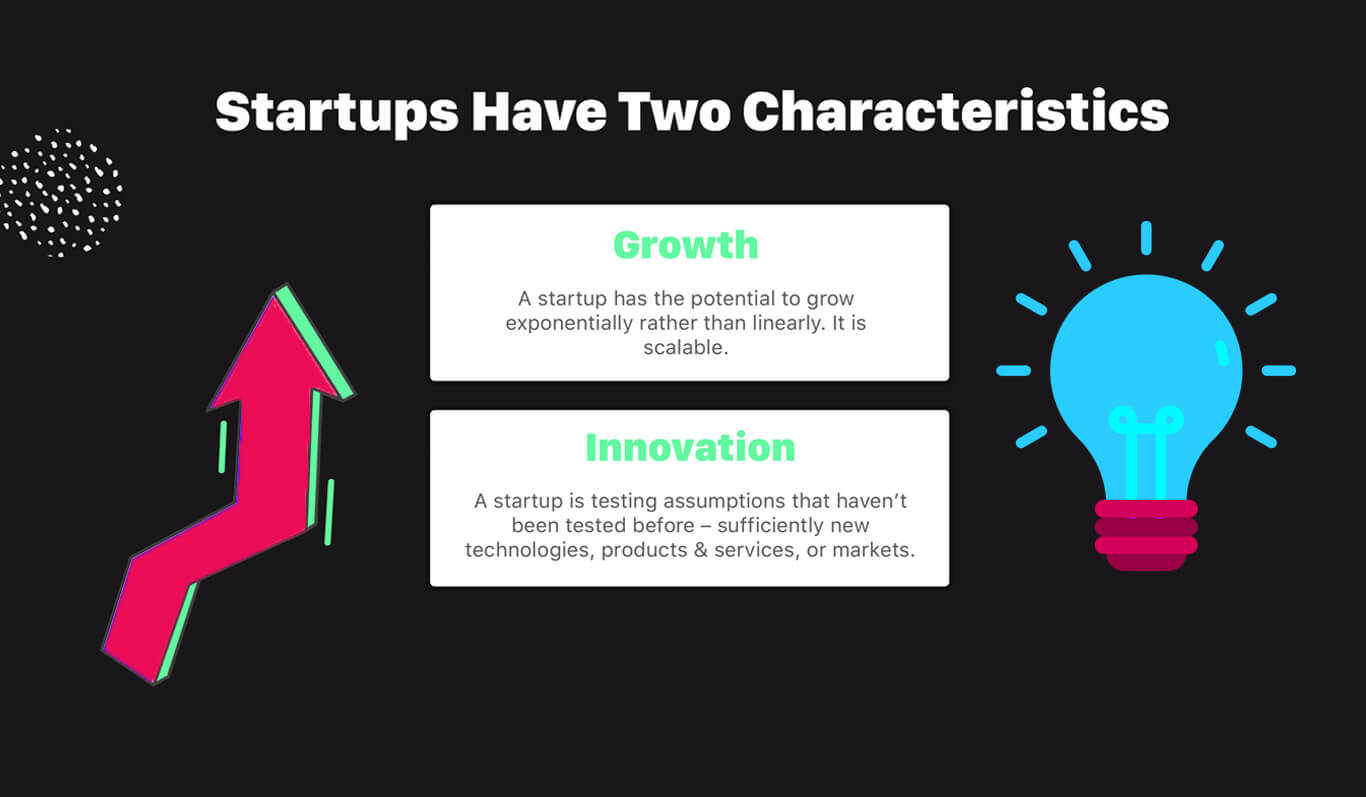
Design the look of the product
The next step is to begin designing the UX/UI of the product and drafting graphic concepts. This is a crucial step, as it provides you with a visual of what your product will look like.
Create prototypes
The prototyping stage is the intermediate step between the conceptualization and execution of a product. In a sense, prototypes are like the first version of a product. With a prototype, you can experiment with your product and improve it until it meets the standards you want.
Develop an MVP
Following the creation of prototypes, it is time to formulate a minimal viable product (MVP). Your MVP is the simplest form of your product. By making changes to your product according to customer needs, it will become more valuable.
Product launch
An MVP is the end result of the prototyping stage of the product development process. A lot of time is spent on it during the entire software development process. The goal is to transform product requirements into practical and functional products.
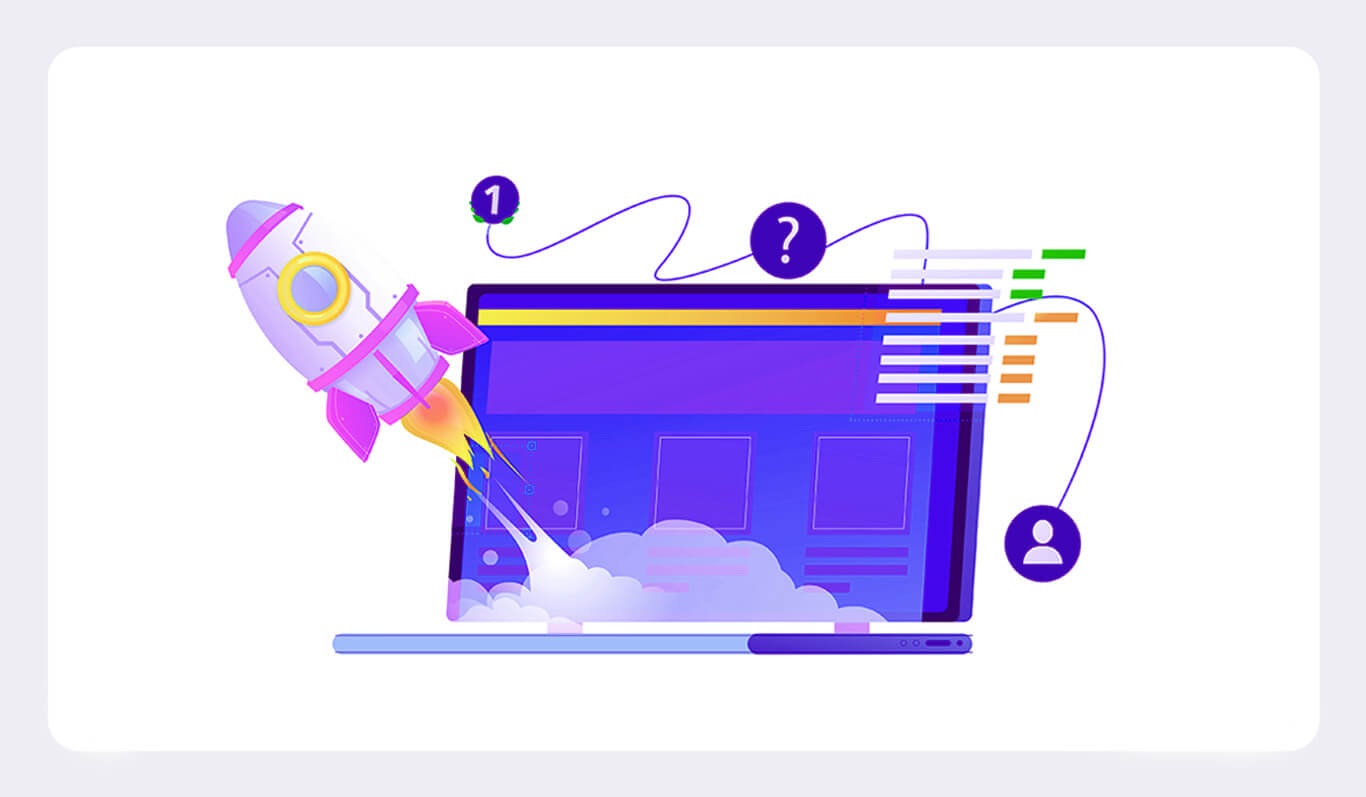
Test market adoption
The next step after launching your product is to evaluate its performance on the market. Receiving feedback from your target audience is part of the process. There are two types of tests to analyze the market adoption of your product.
Alpha test or user acceptance testing: These tests are conducted by testing engineers to ensure that the software product is free of bugs.
Beta testing or marketability testing: During this phase, customers get to try the new product and provide feedback, which is helpful in detecting bugs.
Market your product
Having completed your marketability testing, the next step is to market your product to potential customers. You should adopt a marketing strategy that suits your business. It is extremely vital to develop a compelling marketing strategy.
Post-launch feedback
The last step is to monitor the product's price and performance. The product will need to be re-evaluated once it reaches the customer and its design will need to be adjusted in line with changing times and demands. Update features and pricing as needed.
What Is the Secret to Successful Product Development?
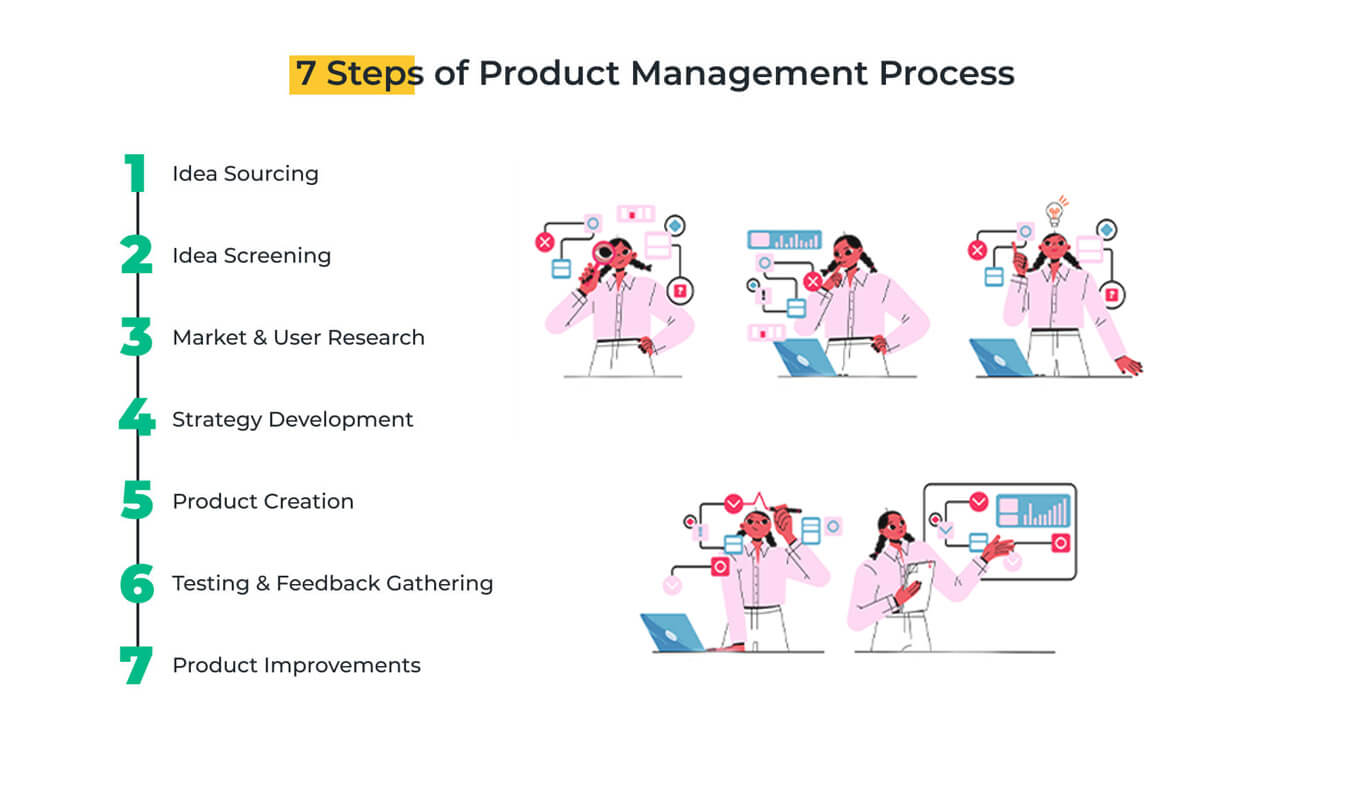
Nowadays, more and more businesses are using tech solutions to improve efficiency and productivity, which has created fierce competition within the software development industry. To help you achieve top market positions, here are a few reminders.
Make your customers' needs your top priority
What do you envision your product being able to accomplish? Without this, everything else would be impossible. Knowing its use for your end users provides you with insight into its functionality, design, and deployment.
What problem am I trying to solve?
- What purpose will this product serve and how?
- What makes it different from other similar products?
- Is this the right time to launch this product?
- Are there similar products available?
Design thinking-based development
User experience is now a key component of software solutions for businesses. As such, when developing products, you should aim to provide a satisfying user experience and keep them as simple and user-friendly as you can. Design your product so that it matches the preferences and styles of your target audience. Inconveniences while using a product, drives customers to seek alternatives. Several factors should be considered if you want your software to integrate seamlessly into users' lives.
- Platform used to access the software (e.g., mobile, computer)
- Usage patterns
- How easy is it to adapt the product to the needs of the user?
Easily integrate with other tools and technologies
Improve the ease of integration of the product with other technologies. This will increase their likelihood of using the software for a long time. Choose a stable and easy-to-use API in order to achieve this.
Understand the market
To truly understand how to serve someone, you must know who they are. This is why every software developer should practice the concept of product-market fit. Identify the strengths and weaknesses of your competitors, as well as any gaps in the market you can fill. Be sure to emphasize the advantages your software offers over the competition when marketing it.
Become your target user
To understand how to develop the most useful and efficient software, become your target user. This will help you spot potential bugs. Whether it's user experience, interface, or a functional issue, the problem can be addressed. Your ideas might even result in the creation of new and useful featur s.
Hire the right people to build a winning team
It is important not to underestimate the importance of recruiting the right people for the job. Your business ideas are more likely to succeed if you have the right professionals on your side. Your software development team can overcome any challenges throughout the software development life cycle with proper training.
Stay current
As technology advances, software developers have access to more advanced tools. A variety of tools can be used to automate the testing process. Compared with the traditional programming life cycle, this can reduce costs in terms of time and resources. Agile methodologies can also enhance team collaboration during development instead of traditional methods.
Be future-ready
When every step of the development cycle is done correctly, the future seems less risky. In order to avoid problems, make sure you handle issues properly and promptly whenever they arise. In addition, your software product must be scalable so that you can add features as they are needed.
Focus on functionality rather than perfection
A successful product is not the one with the most flawless code. It is the one with a strong code foundation, the right infrastructure, and the right technology stack. Plan ahead for potential risks and anticipate potential issues. Lastly, make sure to use beta testing as much as you can.
Continuous testing and improvements
After you deploy your software products, your work is not done. It is inevitable that trends will change, just as end users' behaviors will change. As a manufacturer in such a competitive environment, you must continuously test and evaluate your product's quality. Stay current on modern technological trends, changes in audience usage patterns and preferences, as well as industry requirements. Verify your key metrics are also updated regularly and determine what improvements need to be implemented.
Conclusion
A software development partner can help you no matter whether you're trying to shift to a digital delivery method, or whether your business processes are changing. Their end-to-end product development solutions can catalyze your business effectively by preventing frequent system failures and ensuring flawless operation.
FAQs
How do I develop custom startup software?
A startup software development company will be able to help you build custom software based on your business requirements. By explaining your requirements and product idea you can get in touch with a suitable vendor where you can confirm ideas and analyze cost estimates. Once you approve, the development process begins.
What is the best software development process for a tech startup?
As a startup, you might get overwhelmed by details and where to start. Hiring a development company is the easiest way to get started. This allows you to move from ideation to launch smoothly.
What do you need to know to develop a successful startup product?
- Make your customers' needs your top priority
- Design thinking-based development
- Make integration with other tools and technologies effortless
- Understand the market
- Become your target user
- Hire the right people to build a winning team
- Stay current
- Be future-oriented
- Focus on functionality rather than perfection
- Test continuously and make improvements
Request a Quote
Categories
Popular posts
Best Practices for Software Product Engineering Every CTO Should Implement
2023-14-18How to Build Your Own On-Demand Carpooling App Services?
2023-08-25How to Start an On-Demand Fuel Delivery Business: A Comprehensive Guide
2023-07-28Empowering Miners: How Fleet Management Apps are Transforming the Mining Industry?
2023-07-21A Complete Guide to Develop a Food Delivery App for Restaurants in 2023
2023-07-08Mobile Apps Transforming the Travel Industry: A Game-Changer in Travel Planning and Experience
2023-07-07
